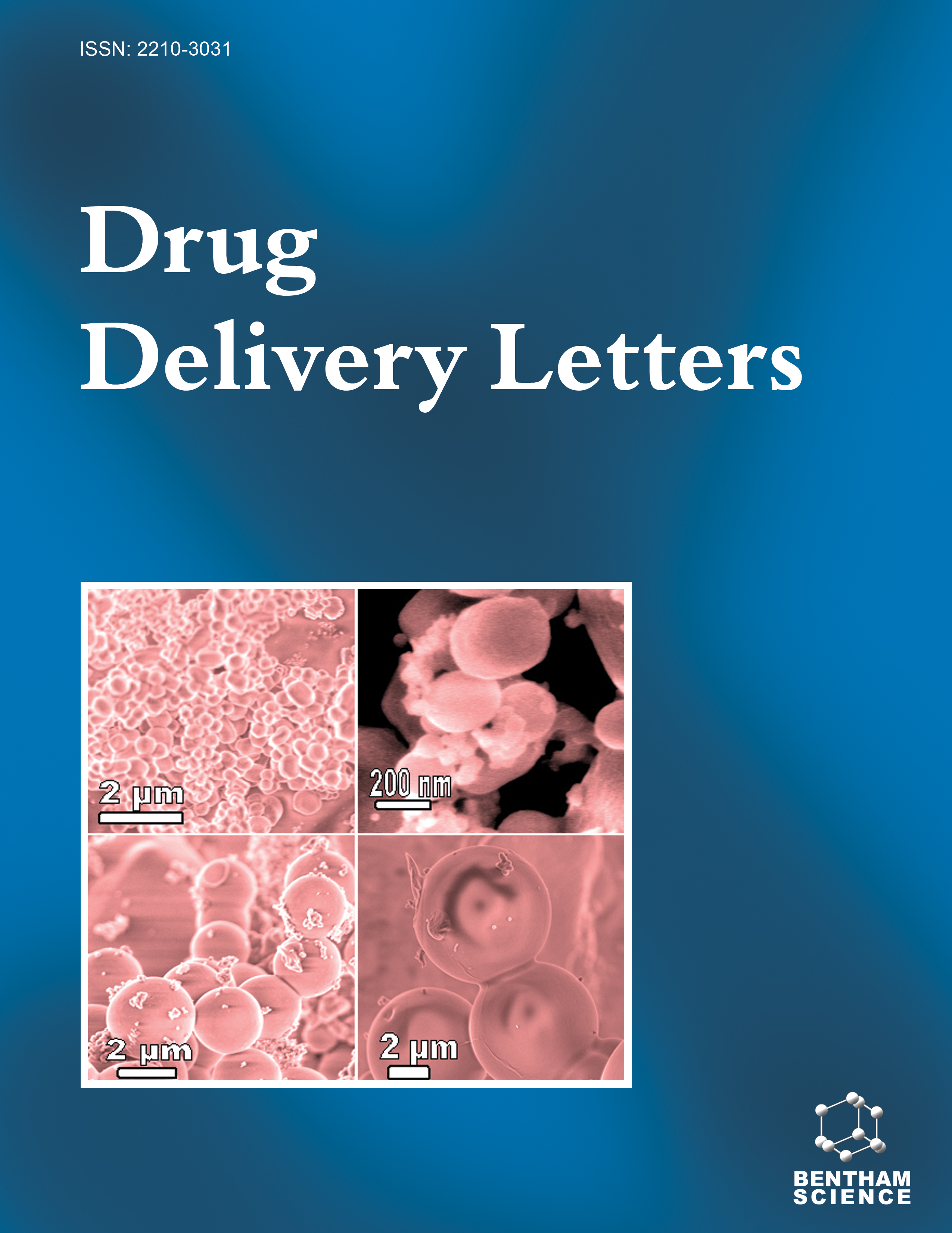- Home
- A-Z Publications
- Drug Delivery Letters
- Previous Issues
- Volume 14, Issue 4, 2024
Drug Delivery Letters - Volume 14, Issue 4, 2024
Volume 14, Issue 4, 2024
-
-
Advancements in Artificial Intelligence-mediated Fabrication of 3D, 4D, and 5D Printed for Fabrication of Drug Delivery Formulations
More LessAuthors: Shivani Yadav and Manoj Kumar MishraOne of the most powerful and inventive fabrication techniques used to create novel structures and solid materials using precise additive manufacturing technology is 5D and 4D printing, which is an improved version of 3D printing. It catches people's attention because of its capacity to generate fast, highly complex, adaptable product design and fabrication. Real-time sensing, change adaptation, and printing state predi Read More
-
-
-
Formulation and Evaluation of Niosomal Loaded Transdermal Patches for the Treatment of Osteoarthritis
More LessAuthors: Kajal, Dev Raj Sharma, Vinay Pandit and Mahendra AshawatIntroductionOsteoarthritis (OA) is a degenerative joint disease resulting from the breakdown of joint cartilage and underlying bone. The most common symptoms of osteoarthritis are joint pain and stiffness. The major hurdle in its treatment is that the oral administration of NSAIDs (Lornoxicam) causes side effects like GI side effects, cardiovascular problems, liver issues, or renal problems. Thus, there is a need to de Read More
-
-
-
Development of Novel Women's Friendly Antifungal Microemulsion Loaded Gel for Vulvovaginal Infections
More LessAim The research was carried out to develop the microemulsion-loaded gel of curcumin, alkylpolyglucoside, and tea tree oil to treat vulvovaginal candidiasis infection. Methods Screening of oils, surfactants, and co-surfactants was done based on solubility studies and the construction of pseudo-ternary phase diagrams with curcumin. The microemulsion was characterized for globule size, zeta potential, viscosity, and ther Read More
-
-
-
Plasma Protein Adsorption on Melphalan Prodrug Bearing Liposomes - Bare, Stealth, and Targeted
More LessBackground Plasma protein binding is inevitable for nanomaterials injected into blood circulation. For liposomes, this process is affected by the lipid composition of the bilayer. Membrane constituents and their ratio define liposome characteristics, namely, surface charge and hydrophobicity, which drive protein adsorption. Roughly 30 years ago, the correlation between the amount of bound proteins and the resulting circulatio Read More
-
Volumes & issues
Most Read This Month
Article
content/journals/ddl
Journal
10
5
false
en


